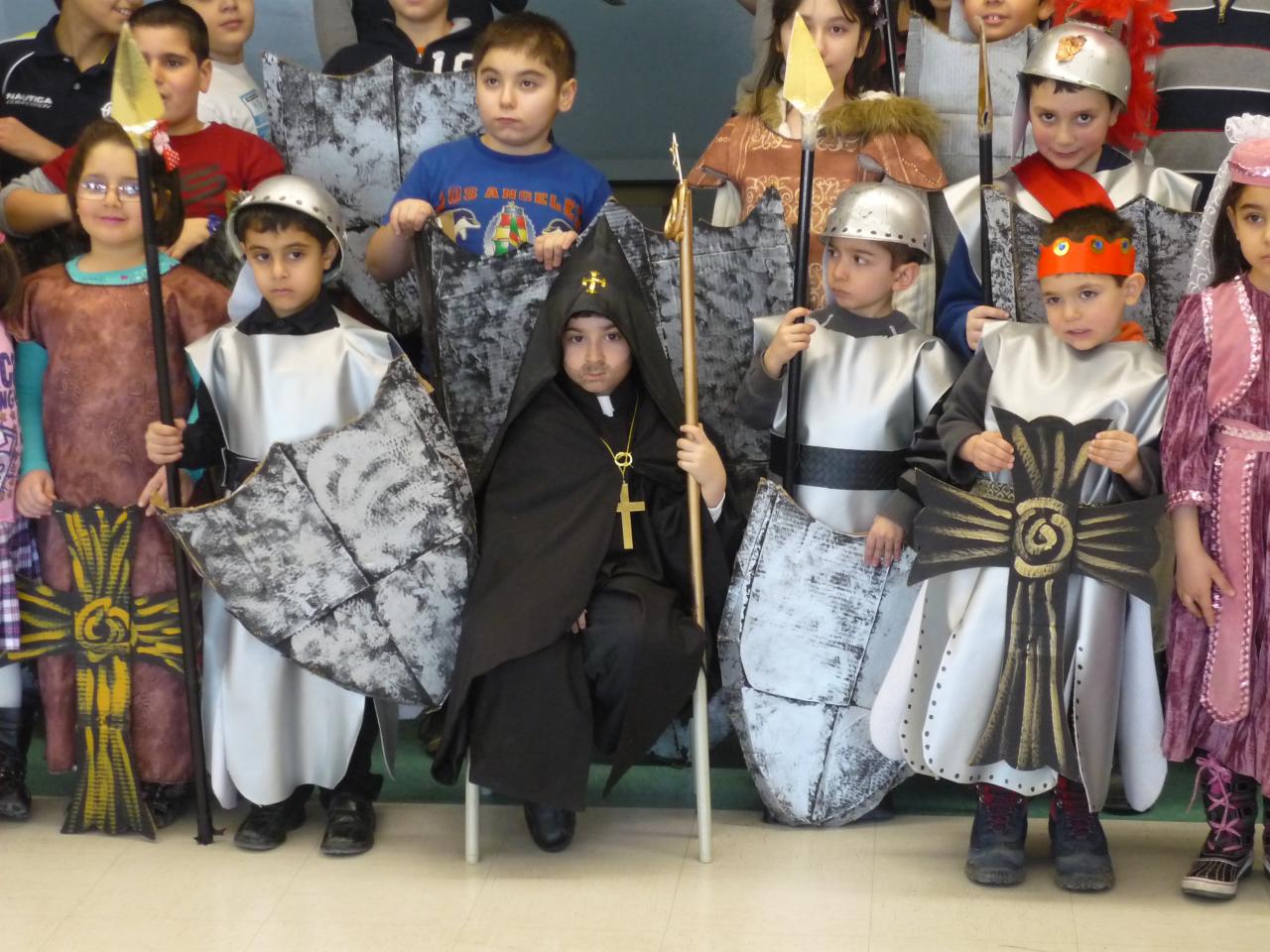Barekendan is an old Armenian traditional festival that we are seeking to revive as a form of civil action by calling upon the citizens to “wake up” and become involved in social processions in Armenia. Word Barekendan derives from the two roots – “bari” which means “good” and “kendan” or “kendani” which means “alive” or “living”. This year festival of Barekendan is celebrated on February 19. As all holidays Barekendan also has its sacrament. Besides the festive celebrations and feasts it has spiritual counsel.
As the Great Lent begins the day after Barekendan, it is the final call for people to be uninhabited in their actions prior to the start of fasting. On the eve of Barekendan after the evening ministry in church the altar stage is covered with curtain, which symbolizes the exile of Adam from Eden and till the Easter the Gospel is not taken out from the alter symbolizing the hidden treasures of church. In particular, this holiday is an occasion in which traditional norms and routines are rejected and reversed. People wear masks, costumes and participate in games, performances and jokes as a way of expressing their opinions. The holiday is transformed to a masquerade spreading fairy happy mood over people. In this regard the holiday is often compared with other festive days but the most consonant one is “Fat Tuesday” or “Pancake Day” which is celebrated in several countries. It coincides with the eve of the Great Lent and presents a day of joy and revelry, games and competitions.
Thus, Barekendan symbolizes the virtues of human spirit and the lent symbolizes the evil. In other words, Barekendan is the release from the hardships of the lent which means passing from sadness to joy and from the torture to peace.
Bun Barekendan
Back To Top












One thought on “Bun Barekendan”